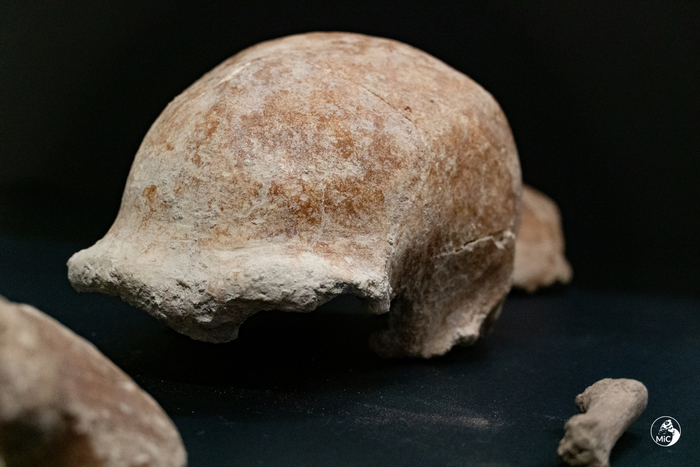(by Silvia Lambertucci) (ANSA) - ROME, MAY 08 - A journey through time over 100 thousand years, when the territory of Lazio, around Mount Circeo, was inhabited by Neanderthal men, older 'cousins' and then mysteriously extinct of homo sapiens.
But also from ferocious animals, hyenas, rhinos, cave bears.
Very large specimens such as the disproportionate megalocervus or the elephant, or ancient as the Uro, a breed of bovine that was then extinct. This is what archaeologists, paleontologists, anthropologists, archaeobotanists are doing who since October 2020 are engaged in a new excavation campaign conducted by the superintendence of fine arts and landscape archeology of Frosinone and Latina in collaboration with the University of Tor Vergata al Circeo (Lt) in the Grotto. Guattari, one of the most important sites of the Middle Paleolithic, which is now enriched with a new exceptional find with the remains brought to light of 9 Neanderthal individuals and an incredible number of precious fossils, animals and plants.
In fact, a sort of huge data bank that will be very useful for reconstructing the history of this piece of territory in a very distant time span ranging from 125 thousand to 50 thousand years ago. "An extraordinary discovery that enriches the research on Neanderthal man", underlines the Minister of Culture Franceschini.
Disappeared around 26,000 BC. C. Neanderthal man - explains Mario Rubini, director of the anthropology service of SABAP for the provinces of Frosinone and Latina - "is a fundamental stage of human evolution, represents the apex of a species and is the first human society we can talk about ".
Discovered by chance in 1939, the Guattari cave, studied by the paleontologist Alberto Carlo Blanc, had been practically sealed after a collapse 60 thousand years ago. Already in the 1940s it was considered of great importance. This is due to the discovery of an extraordinarily well-preserved skull at the time, but also because everything inside has remained as it was in that very distant time. The new intervention, made with the help of technologies and skills that were not even imaginable 80 years ago and extended to an area of the cave that had never been investigated, now opens scenarios of enormous interest for research. (HANDLE).

